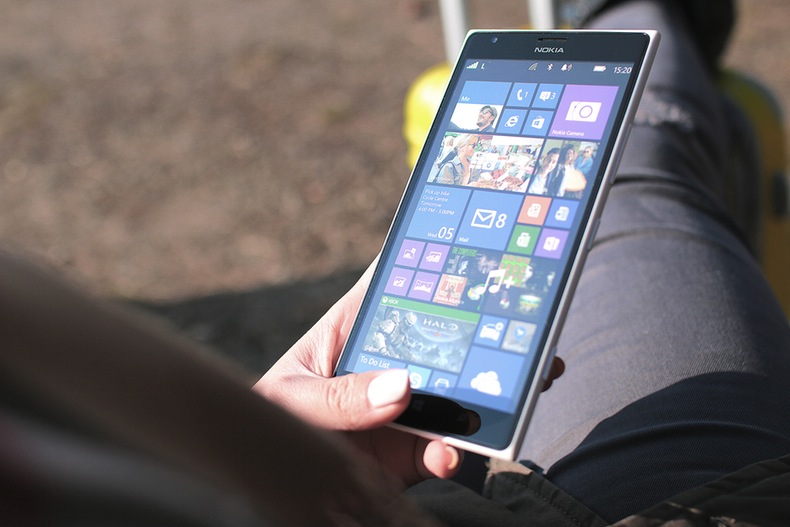Everybody’s talking about conversion rate optimization (CRO) trends. CRO is the process of creating an experience for your website to convert visitors into customers. It’s a set of techniques for monetizing your website or landing page through new business.
Conversion optimization can be implemented on your homepage, blog, and even on your social media accounts. There are a lot of CRO tactics that you can explore for your business such as producing quality and relevant content as well as redesigning your website.
Here are 7 of the hottest CRO strategies that you can help your business in 2017.

Targeted content is the new king
In 2016, quality content was considered among Google’s most important page ranking factors. The world’s top search engine noted that content must be relevant, accurate, reliable, and authentic. This paved the way for an influx of articles, photos, and videos in various online platforms. For 2017, your business would need to produce not only quality but also targeted materials. In creating content that will boost your CRO, ask yourself these questions:
- What types of content made an impact on your target audience?
- What content boosted the level of engagement on your website or social media page?
- Which among your posts were shared and/or discussed the most?
You can update previous materials and explore new formats to suit your target audience.

The return of journalistic writing
Google and Facebook are exerting efforts to weed out clickbaits and reduce weak content. This is good news for journalists who have been, in some extent, adjusting their angle and style to meet search engine optimization (SEO) requirements. How can you convert a website or social media visitor into a customer? You need to establish credibility. Consumers have the luxury of information. They can easily compare and contrast brands and products. Stand out by exuding a sense of authority in your field. Hire content writers with strong journalism skills.

Use high-quality images
In line with the demand for quality content, you should exert greater effort in choosing images for your web and social media pages. Picture superiority effect, or when photos are retained in people’s memory better than texts, can help in your CRO if executed correctly.
Since people are likely to make assumptions from images than read texts, it’s important that the photos you use also deliver your message. Choose relevant images aligned with your brand and the purpose of your website. People opt for products and services that they can relate to. Go for imagery that your audience can identify with.

Collaborate with micro-influencers
One of the CRO techniques you should consider, if you haven’t already, is to engage influencers. Influencers need not be a celebrity as long as he/she has a dedicated following. This year, engage micro-influencers or those with a following of 10,000 to 100,000. A recent study by Markerly revealed that “as an influencer’s follower total rises, the rate of engagement (likes and comments) with followers decreases.”
A green tea manufacturer may collaborate with an influencer with 1 to 2 million followers and has a massive audience. However, more than 90% of such followers may not be green tea drinkers. It’s more cost-efficient to partner with a micro-influencer followed by avid tea drinkers and wellness buffs.

The future of mobile-friendliness
According to the latest Monetate Ecommerce Quarterly report, the conversion rate to add-to-basket cart is highest via desktop computers. The study revealed that only 16% of shopping carts turn into orders on a mobile device. “This suggests smartphones are more of browse or research platform rather than a buy platform since many of the large retailers featured in this survey will have more optimized sites,” says Dave Chaffey, of Smart Insights. Online shoppers prefer PCs for ease of navigation, larger images on bigger screens, and easier input of payment information.
Nevertheless, mobile optimization is one of the CRO trends for 2017 as mobile-friendliness is one of Google’s ranking signals. There’s also a rising number of smartphone users globally. Consumers may not be directly buying products via their mobile phones, but the future is heading to that direction.

Reach your audience across devices
A/B testing, or comparing two versions of a webpage to know which gives a better conversion rate, is expected to be more complex in 2017. This is due to new devices and platforms. Consumers are constantly connected via their smartphones, tablets and PCs, smart watches, smart TVs, and smart homes. These technologies are all access points to your audience. Conduct conversion testing across multi-platforms with the help of a CRO expert, if needed.

Boost your local SEO
Local SEO uses search engines to target people within a geographical area. This is an essential ingredient in improving your CRO techniques. There are local SEO tricks for different kinds of businesses and business models. For instance, a restaurant with a single location just requires one Google My Business (GMB) listing with a visible address which is not a P.O. box. The same business would also need a high-quality page for each product or service in contrast to a multi-location firm that requires a page for each physical location with complete contact information.
The marketing software Moz offers a checklist for local SEO for all types of business. These include technical website criteria, local content, citations, and customer reviews. If you’re eyeing the robust Southeast Asian market, you can explore local SEO strategies with a digital marketing agency in the Philippines.
The CRO trends for 2017 are a more refined version of the best practices in recent years. We have been striving for quality content, but as people are bombarded with online materials, the trend is now geared towards targeted content. Create articles and videos that your potential customers can relate to. Include high-quality images that they can identify with. There’s also CRO advantages in collaborating with micro-influencers versus social celebrities, as well as the need to optimize for mobile devices. Finally, your SEO strategies must be tailored to attract people who are likely to be your customers.










